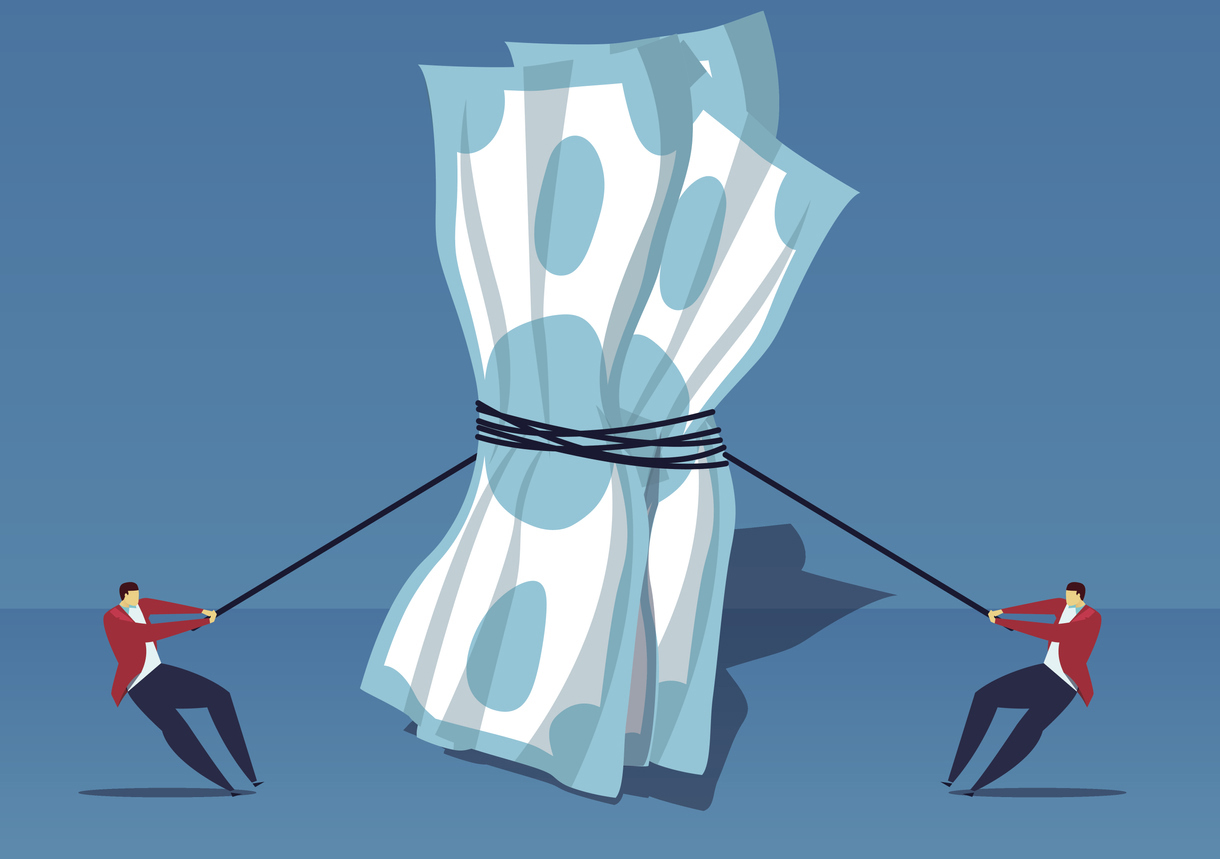Quantitative tightening: A need-to-know economic strategy
By Vittorio Ciccone , B.Comm – Investment Analyst
It’s all over the headlines: soaring energy prices and increased inflation – plus central banks’ raising rates in response. But something else is going on, too. Something less publicized, though just as important.
I refer to quantitative tightening, the contracting or reducing of a balance sheet. A central bank’s balance sheet is a crucial part of its influence over the market. The balance sheet acts as a driver in helping restore inflation to normal levels. Over the past few months, the Canadian central bank and (more importantly) the US Federal Reserve have accelerated the shrinking of their balance sheets.
Since most of our client correspondence lately has been about future expectations, I thought it might be useful to explain the what, why and how of quantitative tightening.
History
To understand quantitative tightening you must first know about the history of quantitative easing. That is, a central bank’s adding new money into the existing money supply.
Japan was the first country in the world to deploy quantitative easing (QE). As background, Japan tried to combat a recession they experienced in 1985 with a massive, government-backed stimulus program. The program, so the Japanese thought, would create a stock market and real estate boom. However, in 1992 it all imploded, forcing Japan to bail out its financial system. Due to the massive amount of debt that the Japanese government had to take on, the Bank of Japan (Japan’s central bank) launched QE.
To promote private lending, the Bank of Japan provided commercial banks with excess liquidity. The bank also suppressed Japanese interest rates – which lowered domestic asset returns.
Fast forward to the Great Financial Crisis of 2007-08. The US Federal Reserve decided to follow the Bank of Japan’s example. The Fed lowered the US fund’s rate from nearly 5.30% to zero. With interest rates at all-time lows, the Fed began to purchase large batches of securities (mainly bonds, mortgage-backed securities, etc.) to further keep yields from rising.
So: two different situations where major central banks used QE to expand their balance sheet and suppress yields. In such cases, what assets do central banks buy? What makes up the balance sheet?
And, what does all this mean for today’s markets going forward?
The central bank balance sheet
You’ve probably heard the expression governments are just big businesses. If we look at governments through that lens, a balance sheet includes information about a company’s assets and liabilities. Depending on the company, the balance sheet could include short-term assets like cash and accounts receivables, or longer-term assets like property plants and equipments. Likewise, liabilities could be short- or long-term.
Balance sheets also show central banks’ assets, including treasury securities, mortgage-backed securities and more:
- Treasuries are essentially IOUs issued by governments. US treasuries are considered one of the safest investments in the world. A treasury works like any other bond. The buyer pays money, earns a yield and then receives the principle back at maturity. Treasuries (T-bonds, notes etc.) are the fastest way to raise money for governments. Not surprisingly, they are a large part of balance sheets.
- Mortgage-backed securities (MBS) allow buyers to access the cash flow from the basket of mortgage loans. MBS are usually created by banks and other financial institutions. Central banks buy MBS to put cash into the economy, thus providing liquidity and allowing banks to lower their risk.
- Other assets include loans and swaps extended to banks through discounts and repurchase, a.k.a. repo, markets.
Liabilities for central banks include currencies and reserves deposited by commercial banks:
- Currency is simply the cash in your pocket.
- Reserves are the cash minimums that financial institutions must have in order to meet reserve requirements.
Central banks tend to have two goals: Maximize employment and keep prices stable. They meet these goals by deciding which assets to own, and also quickly figuring out what each asset owes. Assets and liabilities must always be balanced – hence the name balance sheet. Any increase in one will reduce the other.
So, if you hear that central banks are expanding the balance sheet, it means they are buying debt instruments like treasuries and MBS to lower yields. Central banks want to ensure liquidity is flowing through the economy. They are the biggest buyer and sources of capital in most markets. Equally, when they want to reduce their balance sheet, they sell debt instruments and increase yields.
That is what makes up the balance sheet. Now for how central banks use it.
QE and QT – how they work
As noted earlier, quantitative easing is when central banks buy debt. They don’t buy debt from the government itself, but from commercial banks. They then pay for that debt with increased central bank reserves. By lowering the total amount of bonds in the market (available to the private sector), the central banks reduce the amount of “safe” assets to investors. As such, with demand remaining level and supply reduced, investors will essentially bid at lower interest rates.
When quantitative tightening starts, central banks essentially let these assets roll off. They do not roll them over into newly issued treasuries, and they stop actively buying. What does it mean when central banks take proceeds and then let them go? Well, it’s the opposite of QE: Supply increases to the private sector, in addition to a new supply from continuous deficits.
When inflation runs hot, as it is doing now, central banks need to step in and raise overnight rates, that is, the rate at which banks lend to each another. However, commercial banks set these rates, not central banks! Rather, central banks control the supply and demand for money, which helps determine the interest rates. So, when quantitative tightening (QT) starts, the balance sheet shrinks (i.e., assets have been sold). This pushes interest rates up towards the targeted goals. The effect ripples across the economy, with the cost of capital going up and valuations down.
Okay – that’s a quick overview for you of how QT works. So, where are we right now?
During COVID-19 central banks reacted, over and above the fiscal support they provided, by starting QE once more. However, this time, they didn’t set a date or time for ending it. The unlimited nature of central banks’ pandemic QE is a major difference from the QEs of other, past crises.
Central banks started buying and the stock market took off. For context, in the US, QE allowed monthly purchases of $80 billion for treasuries and $40 billion for MBS. As a result, assets being held on the US Fed’s balance sheet became 35% of the US gross domestic product.
With inflation running hotter than expected, central banks worldwide are pulling the ripcord once again. They have re-implemented QT and will let billions of dollars run off their balance sheets – while at the same time raising rates. Ultimately, as valuations unwind, this will have an adverse impact on the stock market. In addition, QT puts upward pressure on rates and reduces overall liquidity from the system.
If you have questions or comments, please feel welcome to contact me: info@ciccone-mckay.com or call us at 604-688-5262.
Sources:

